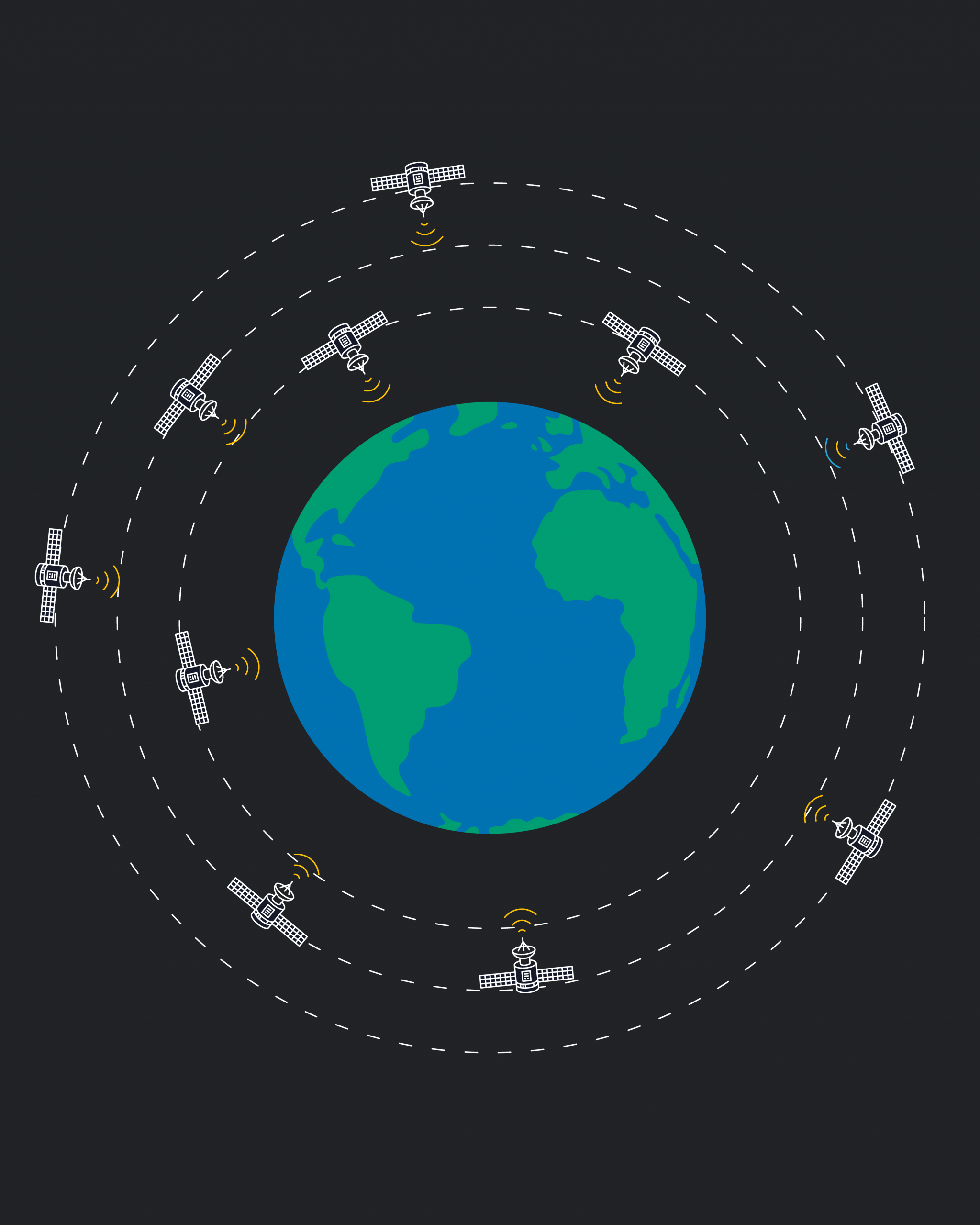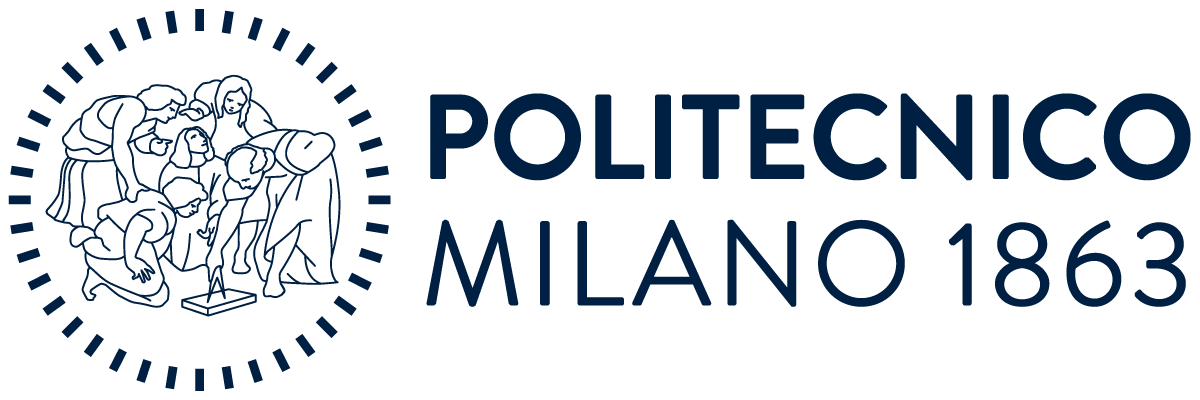Advanced Thermite-Based Materials
Development of structurally consistent thermite composites with reliable heat generation, engineered to endure extreme environments.
Functional Design & Testing
Design and evaluate thermite-based shapes and devices through simulations and hypersonic wind tunnel tests under re-entry conditions.
Industrial Strategy & Impact
Assess cost-effectiveness, standardization potential, regulatory aspects, and long-term scalability of T4D technology.

By the beginning of 2024, there were more than 28 000 satellites orbiting the planet.
As these satellites age and are no longer useful, they are ‘decommissioned’, often by being pulled down into the Earth’s atmosphere where they burn. If too large, some components may arrive on the ground.
Funded by the European Innovation Council, the THREAD project will investigate the use of exothermic reactions to support demise during atmospheric re-entry. The approach, called thermite-for-demise, uses onboard heat generation systems based on non-explosive thermites (mixtures of metal and metal oxide).
THREAD aims to increase the maturity of the approach by optimising its properties, investigating its expected life cycle in space, and developing a strategy for use.
Thermites
The project targets the maturation of T4D technology in three major steps:
1
New thermite-based composite materials granting thermite a structural consistency will be developed and their behavior characterized. Environmental stress tests will secure their use across satellite lifecycle.
2
With these building blocks, heat-generating shapes and devices will be developed, supported by the experience of a large spacecraft integrator. The heat transfer behavior of thermite-based objects will be modeled and validated under representative reentry conditions, in hypersonic wind tunnel.
Results will support the update of system-level reentry simulation tools and the definition of application strategy, further validated on demise test in wind tunnel with hardware of representative or simplified geometry from the selected use-cases, supplied by a space company.
3
Cost-benefit analysis and industrial implementation strategy, evaluating the potential for standardization, regulatory implications, and long-term benefits of T4D on a large scale.
“This project isn’t about developing just a final product,” – explains project coordinator Filippo Maggi – “It’s about paving the way to a novel end-to-end satellite design. Together with our partners, we have the responsibility to ask whether this new design philosophy is viable – today, and decades from now. The real challenge is anticipating the sustainability needs of tomorrow’s space environment, when we can only rely on what we know today.”
“This project isn’t about developing just a final product,” – explains project coordinator Filippo Maggi – “It’s about paving the way to a novel end-to-end satellite design. Together with our partners, we have the responsibility to ask whether this new design philosophy is viable – today, and decades from now. The real challenge is anticipating the sustainability needs of tomorrow’s space environment, when we can only rely on what we know today.”
Our partners











